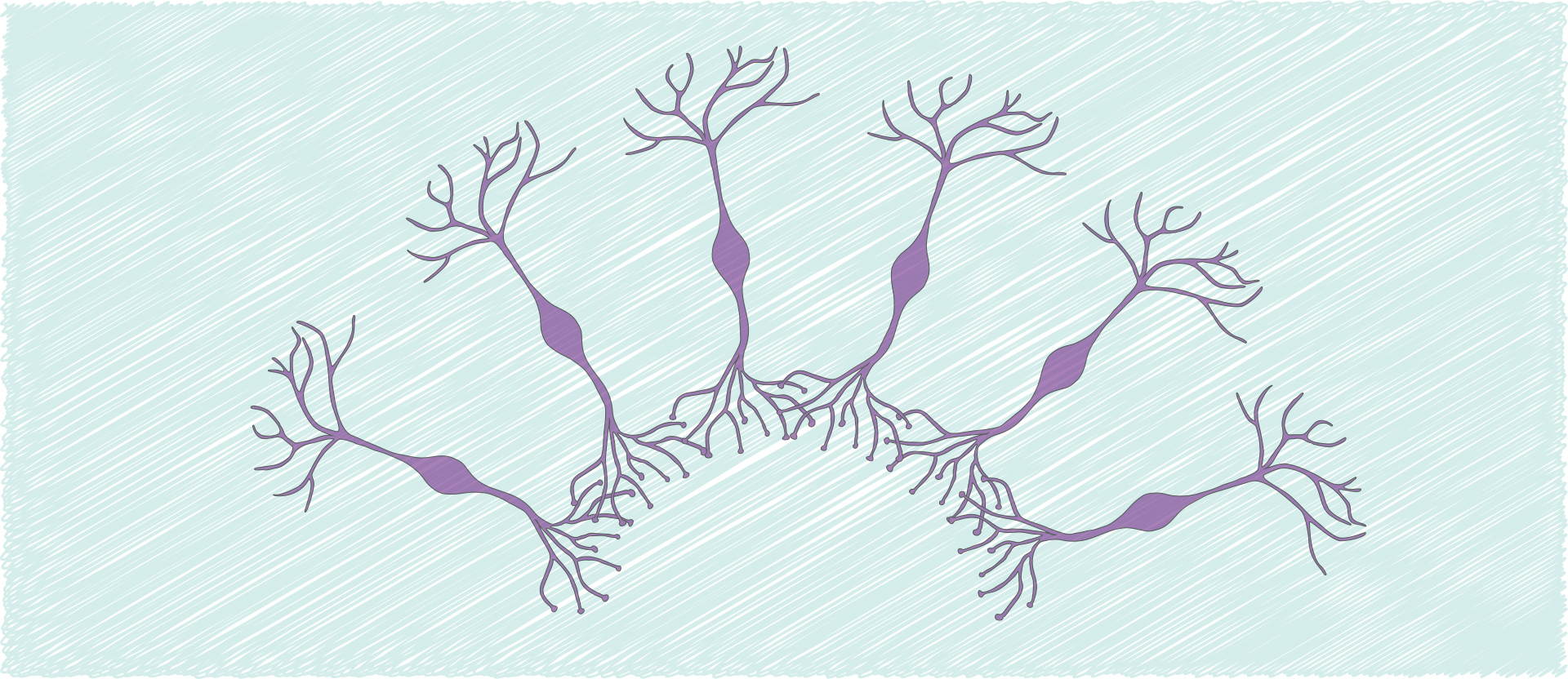Unleashing the power of light to control life
Optogenetics — Can laser light help us understand the complexity and function of the human brain?

The complexity of the human brain
All our sensations, feelings, decision, actions, and even contemplations on the meaning of infinity are generated by the computer in our head: the brain. The last century of neuroscience has enabled us to zoom deeply into the previously hidden processes of how the human brain works, and see the intricacy of our brain — an incredibly complex structure executing immensely complex functions that drive our lives.
How does it all come about? Unlike a human-designed computer, which contains a relatively small number of parts, and we know how these work as we design them, our brain is made of tens of thousands of different building blocks: specialized cells called neurons. Each type of neuron is specialized not only because it has a different shape — it is inherently special because of millions of differences in the amount and activity of contained organic molecules. Moreover, each neuron connects to other different neurons in different brain regions, massively enhancing the grade of complexity. In modern neuroscience we understand the brain as an astounding network of more than 100 billion neurons connected in a vast complicated web, possibly the most complex entity in the universe. Every one of these neurons is an incredible electrical device by being electrophysiologically active. This means that each neuron is connecting to other neurons by the sending and receiving thousands of information-coding electrical signals. These signals need to be computed individually by the neurons themselves, as well as in the context of all other currently ongoing signals or signals stored as memories in our brain. This process happens thousands of times per minute in every one of the billion cells in our brain. Altogether, a single human brain has more switches than all the internet connections on our globe.










